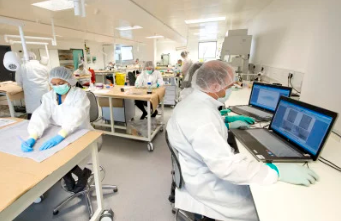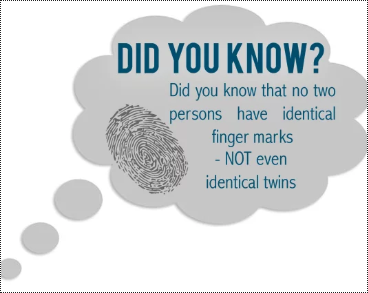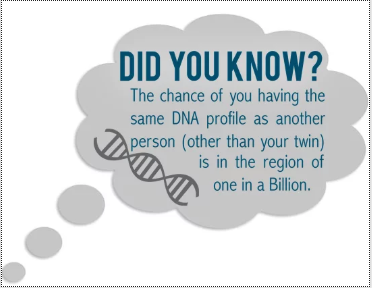Forensic experts are re-examining pieces of evidence gathered in investigations into unsolved murders and kidnaps dating back 40 years.
As part of its comprehensive review process, Operation Kenova forensic specialists are assessing all the available exhibits that were identified and seized by the original investigations and by subsequent reviews and reinvestigations.
This includes material obtained and preserved by forensic scientists during examinations of the exhibits at laboratories.

There have been a considerable number of advances in forensic science since the time of the original offences in the 1980s and 90s. In particular the development of DNA testing has advanced significantly over the past 20 years.
During the era of the offences, forensic scientists were able to search for, and locate, bloodstains and other body fluids, but could only distinguish between different blood groups. Additionally very small or microscopic stains could not be analysed.
Since the mid-1990s the development of DNA technology has led to significant new opportunities. Evidence can now be obtained from microscopic material, including cellular material which is deposited during handling or other contact with items.
Importantly for the investigation any such material discovered and DNA profiled can then be compared with DNA profiles provided by victims, witnesses and potential offenders, and in some cases can be searched on DNA databases. Once marks have been discovered and retrieved they need to be compared with those of persons suspected of involvement in the crime.
This can be done electronically using an automated fingerprint identification system or manually by an accredited fingerprint expert. Advances in technologies are such
that even those finger marks that were previously considered to be of insufficient quality for comparison may be subject to re-evaluation using modern techniques.
Fingerprints, although an older technology, have also experienced significant improvements. Our ability to identify and retrieve finger marks on surfaces not previously possible has increased considerably.

